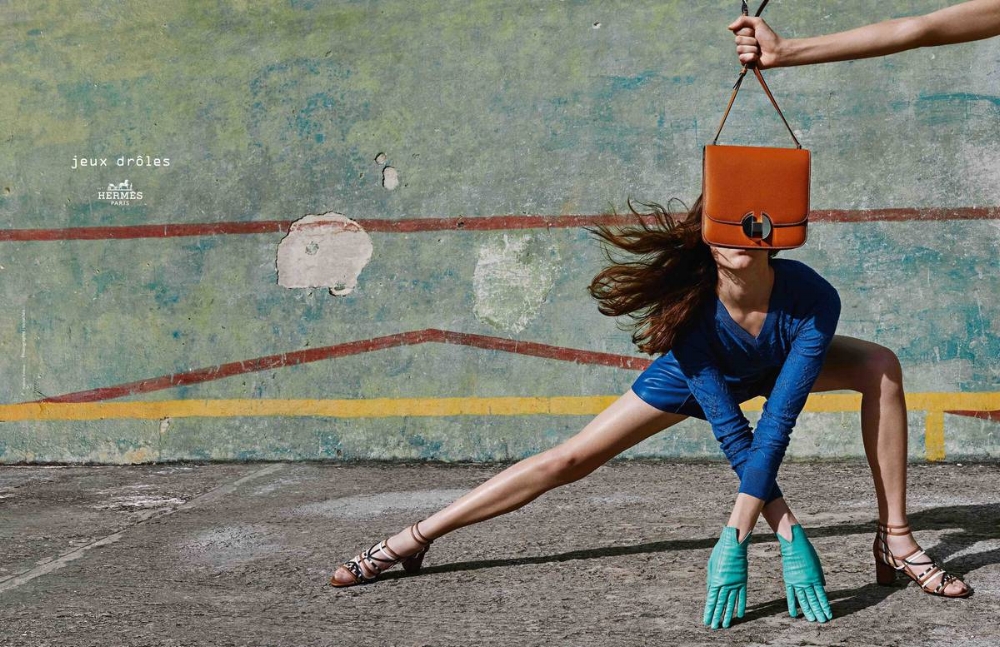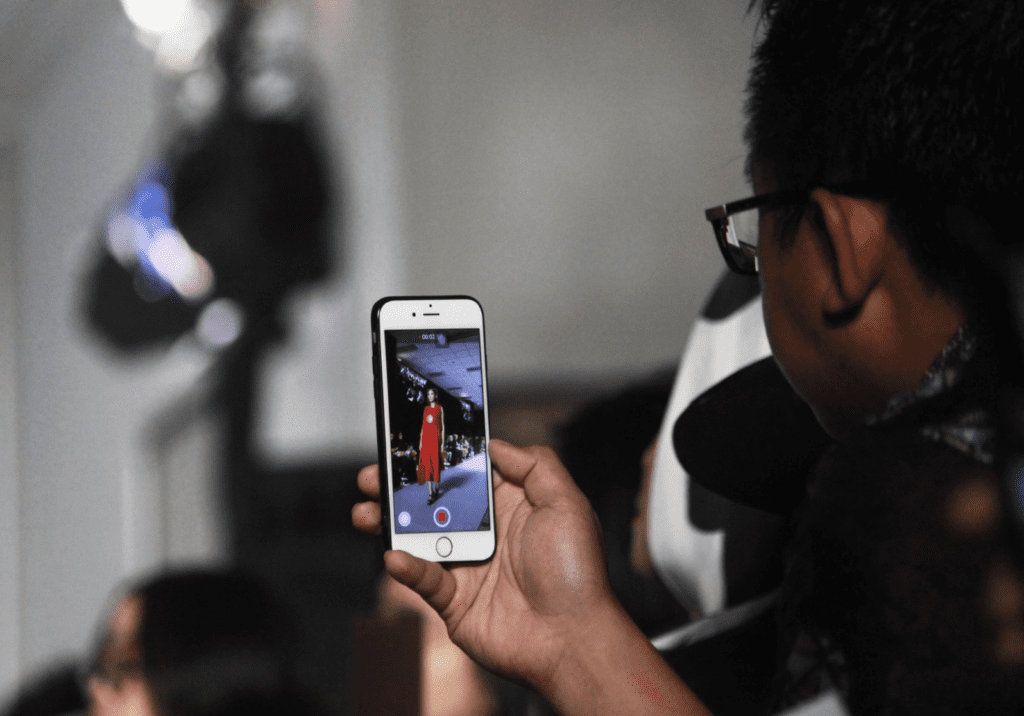Luxury brands are growing faster than many of their non-luxury market segment counterparts. This is what global brand consultancy Interbrand revealed in its 2018 “Best Global Brands” list, which cites Kering-owned Gucci as leading the charge in terms of revenue growth, making it the fastest-growing brand in the luxury segment. Taken together, “the luxury sector was the top-performing category this year with 42 percent growth,” according to Interbrand.
The report, which was published early this month, comes as forces like Virgil Abloh, who heads up Louis Vuitton’s menswear division, are busy orchestrating a shift in the representation of luxury. The creative director-slash-DJ has notoriously taken a more democratic – and entirely relative – view of luxury, saying (at Vogue’s Forces of Fashion conference last year): “If you covet it, it’s luxurious to you. For a 17-year old kid, that Supreme t-shirt is their Louis Vuitton. It doesn’t matter if its $30.”
With a definition of “luxury” that is being ever-diversified and is possibly more fluid – and less defined by traditional metrics (such as maintaining very limited distribution and exhibiting an unwillingness to respond to growing demand, and the other tenets set forth in the 24 Anti-Laws of Marketing) – than ever before, analysts and industry insiders have taken to questioning what – exactly – luxury in the modern market really entails. And beyond that, where the market’s traditional luxury brands stand in comparison to a whole array of new entrants in the “luxury” area.
The evolving understanding of luxury has poured over into non-apparel-centric industries, and spawned questions of whether Apple, for instance – which became the first publicly traded American company to be worth more than $1 trillion this summer – fits the bill as a luxury brand. While the clear consensus is that Apple is no longer “just an electronics company,” opinions are mixed as to whether the Cupertino, California-based behemoth – despite its relatively high prices and lifestyle-driven brand ethos – is, in fact, a luxury one.
“With an offensive retail strategy and in some cases, comparable price points, Apple has competed with the likes of Louis Vuitton, Cartier or Prada,” Erwan Rambourg, the co-head of HSBC’s Global Consumer & Retail Equity Research, stated in a note last fall, “which made us raise the question: is Apple actually a luxury stock?”
The answer, he said, is yes.
Others are less convinced, pointing to, among other things, the ubiquity of Apple’s China-made (and of increasingly questionable quality) products as positioning the brand as more mass than upper-echelon and exclusive (and … luxury). The same, of course, can be said of many of fashion’s traditional “luxury” names, such as Louis Vuitton and Gucci, which have – over the years – taken to expanding the range and price points of their offerings, the expansiveness of the distribution of them, and the sources of their manufacturing (out of their workshops in France and Italy to lower-cost centers, in China but also in Eastern European countries, such as Romania).
Still yet, like Apple, it is their price tags – which are expensive relative to most of the industry’s other participants (with some exceptions) – that appear to be dictating high fashion houses position in the minds of consumers as luxury brands. Price tags (more than almost anything else) appears to what is dictating a brand’s position in the minds of consumers as a “luxury brand.”
The correlation between price and quality (or status as “luxury”) is hardly a novel phenomenon, after all.
Paired with careful marketing and brand storytelling, as bolstered by events, such as LVMH’s Les Journées Particulières, that are aimed at marketing craftsmanshift and creativity, these brands have been able to maintain their luxury status despite the growing distance between their practices and those that have traditionally considered to be luxury.
In short: image is everything (and it – like a handbag or iPhone – can be crafted).











